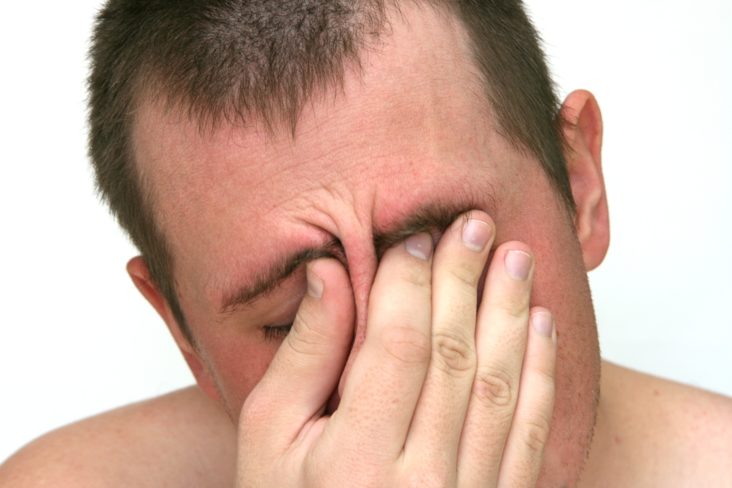Spinal manipulations reduce side effects
If you have a headache, you’re not alone. Nine out of ten Americans suffer from headaches. Some are occasional, some frequent, some are dull and throbbing, and some cause debilitating pain and nausea. Research shows that spinal manipulation—the primary form of care provided by doctors of chiropractic—may be an effective treatment option for migraines, tension headaches and headaches that originate in the neck. A report released in 2009 by researchers at the Duke University Evidence-‐Based Practice Center in Durham, NC, found that spinal manipulation resulted in almost immediate improvement for those headaches that originate in the neck, and had significantly fewer side effects and longer-‐lasting relief of tension-‐type headache than a commonly prescribed medication.
What Can You Do?
The ACA suggests the following:
- If you spend a large amount of time in one fixed position, such as in front of a computer, on a sewing machine, typing or reading, take a break and stretch every 30 minutes to an hour. The stretching should take your head and neck through a comfortable range of motion.
- Low-impact exercise may help relieve the pain associated with primary headaches. However, if you are prone to dull, throbbing headaches, avoid heavy exercise.
- Engage in such activities as walking and low-‐impact aerobics. Avoid teeth clenching. The teeth should never touch, except when swallowing. This results in stress at the temporomandibular joints (TMJ)—the two joints that connect your jaw to your skull—leading to TMJ irritation and a form of tension headaches.
- Drink at least eight 8-‐ounce glasses of water a day to help avoid dehydration, which can lead to headaches.
What Can a Doctor of Chiropractic Do?
Your doctor of chiropractic may do one or more of the following if you suffer from a primary headache:
- Perform chiropractic adjustments to improve spinal function and alleviate stress.
- Provide nutritional advice, recommending a change in diet and perhaps the addition of supplements.
- Offer advice on posture, ergonomics (work postures), exercises and relaxation techniques.
This advice should help to relieve the recurring joint irritation and tension in the muscles of the neck and upper back.
If you’re experiencing headaches contact us for a consultation.

